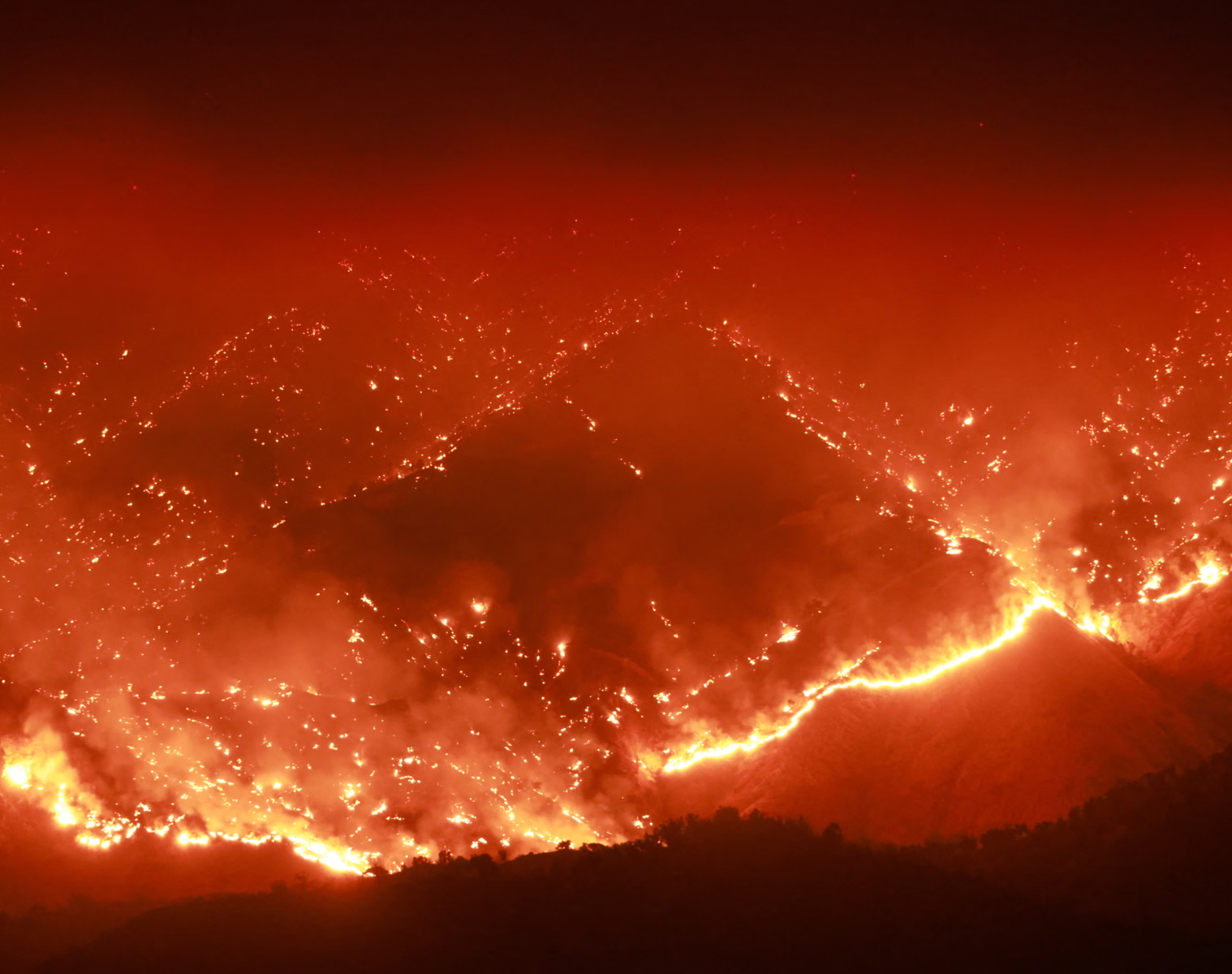
Unlike human-caused blazes, lightning-sparked fires tend to ignite in remote regions where they spread rapidly and grow larger. As a result, they generate heavier smoke and worsen air quality over wide areas. Researchers note that over the past four decades, thunderstorms and lightning-prone weather have become more common across the western United States – including Washington, Oregon, California's Central Valley, and the Rocky Mountains.
The phenomenon is not confined to North America. This year, Europe recorded its worst fire season on record, with Spain hit particularly hard by lightning-induced fires. In Canada, blazes have already destroyed more than twice the average annual forest area, most of them ignited by lightning.
A study led by Dmitri Kalashnikov of the Sierra Nevada Research Institute has used machine learning for the first time to project how lightning and fire weather will evolve under global heating. The results were stark: nearly the entire western US – 98% of the region – will face an increase in lightning-driven wildfire risk, whether due to more strikes, more extreme fire weather, or both.
Regional patterns differ, however. The Pacific Northwest may see a rise in lightning without a major increase in fires thanks to wetter conditions, while the drought-stricken Southwest is likely to experience escalating fire danger even without more lightning storms.
The implications are severe. Smoke from wildfires already causes around 1,000 deaths annually in the US. By mid-century, lightning-driven blazes could push that toll above 20,000 per year. Additional knock-on effects include mudslides, flooding in burned landscapes, and faster glacier melt in Canada, Greenland and Europe as smoke particles darken ice.
Emergency services are already stretched thin. Lightning storms often ignite dozens of fires simultaneously, tying up crews for weeks. Cuts to federal agencies under the Trump administration have left the US Forest Service with more than a quarter of firefighting positions unfilled, while immigration raids have further undermined morale.
Max Moritz, a wildfire specialist at the University of California-Santa Barbara, warns that worsening fire risk combined with rapid urban expansion into fire-prone regions is creating a "recipe for catastrophe." He argues that beyond stronger building codes, cities may need to be shielded by agricultural buffer zones that can halt advancing flames.
"This is not just about climate and weather," Moritz said. "It's about how we choose to live in fire-prone landscapes. Without fundamental changes, lightning-driven wildfires will only become more destructive."